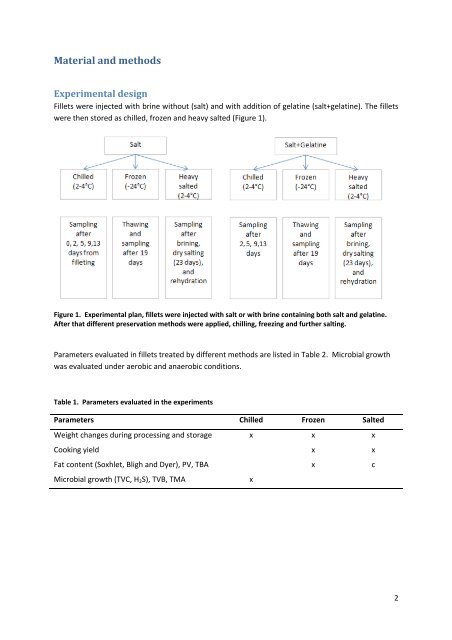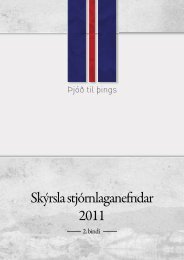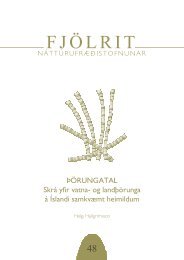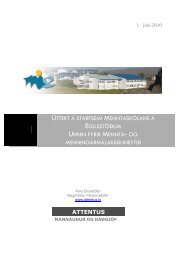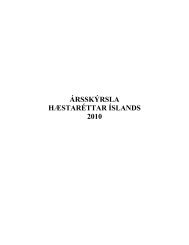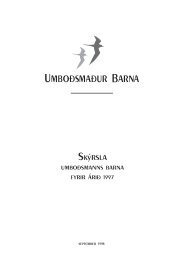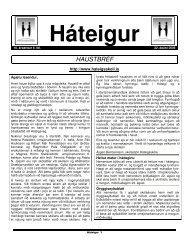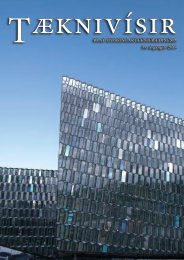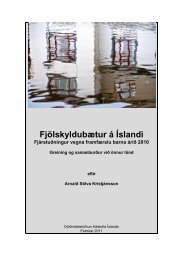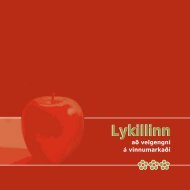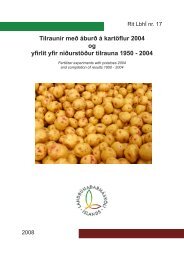Addition of collagen to heavy salted and lightly salted, chilled and ...
Addition of collagen to heavy salted and lightly salted, chilled and ...
Addition of collagen to heavy salted and lightly salted, chilled and ...
You also want an ePaper? Increase the reach of your titles
YUMPU automatically turns print PDFs into web optimized ePapers that Google loves.
Material <strong>and</strong> methods<br />
Experimental design<br />
Fillets were injected with brine without (salt) <strong>and</strong> with addition <strong>of</strong> gelatine (salt+gelatine). The fillets<br />
were then s<strong>to</strong>red as <strong>chilled</strong>, frozen <strong>and</strong> <strong>heavy</strong> <strong>salted</strong> (Figure 1).<br />
Figure 1. Experimental plan, fillets were injected with salt or with brine containing both salt <strong>and</strong> gelatine.<br />
After that different preservation methods were applied, chilling, freezing <strong>and</strong> further salting.<br />
Parameters evaluated in fillets treated by different methods are listed in Table 2. Microbial growth<br />
was evaluated under aerobic <strong>and</strong> anaerobic conditions.<br />
Table 1. Parameters evaluated in the experiments<br />
Parameters Chilled Frozen Salted<br />
Weight changes during processing <strong>and</strong> s<strong>to</strong>rage x x x<br />
Cooking yield x x<br />
Fat content (Soxhlet, Bligh <strong>and</strong> Dyer), PV, TBA x c<br />
Microbial growth (TVC, H 2 S), TVB, TMA<br />
x<br />
2


